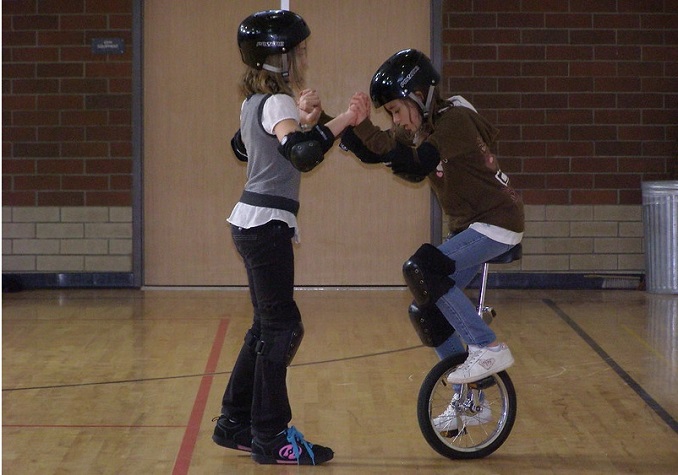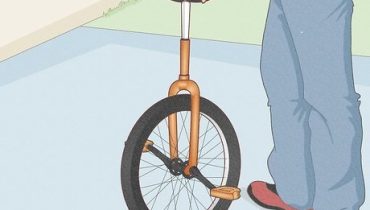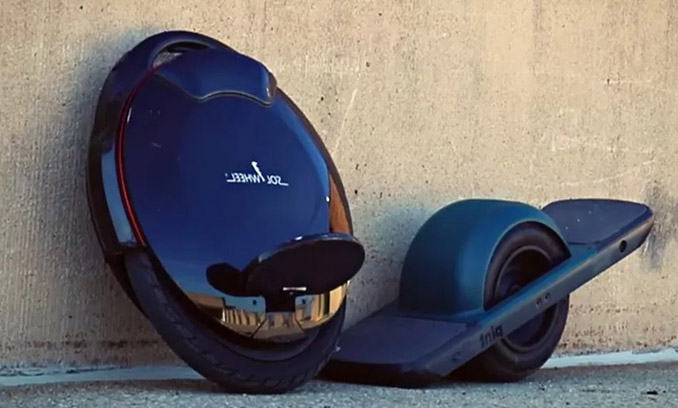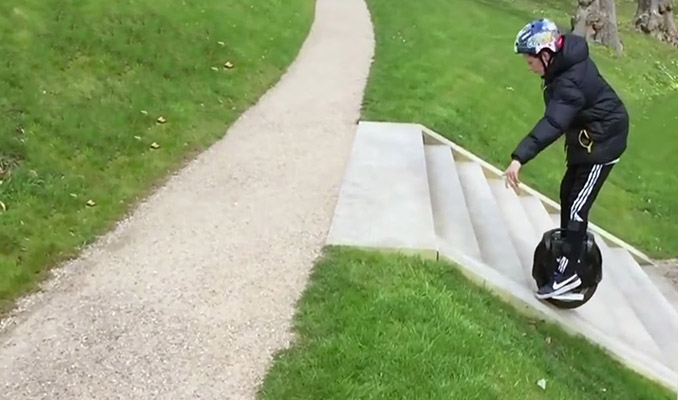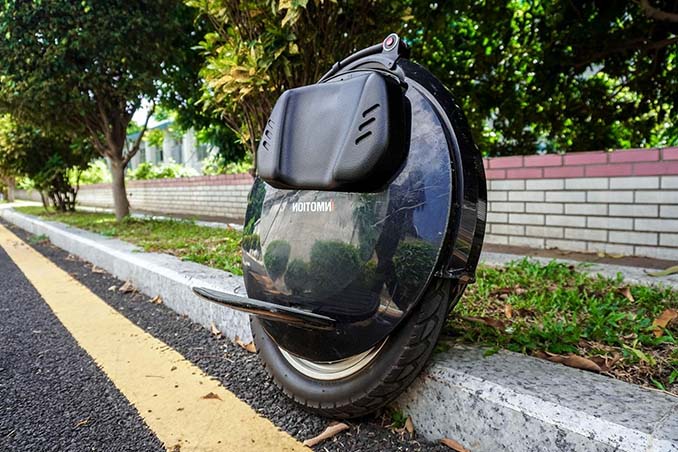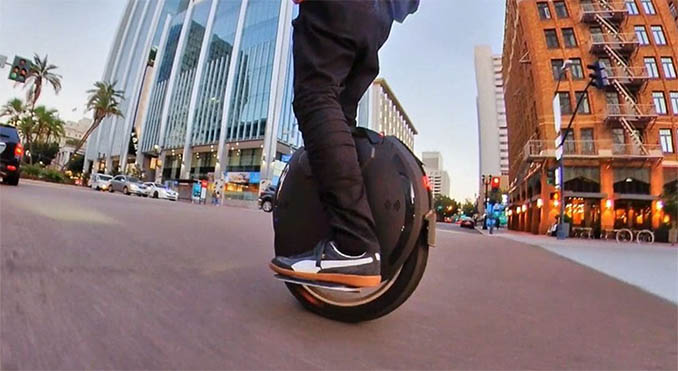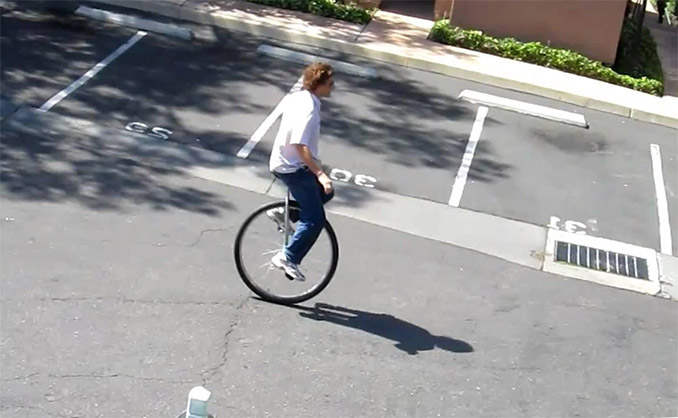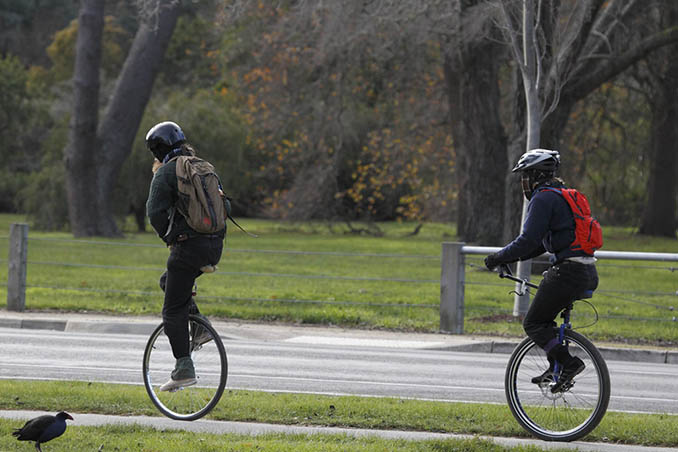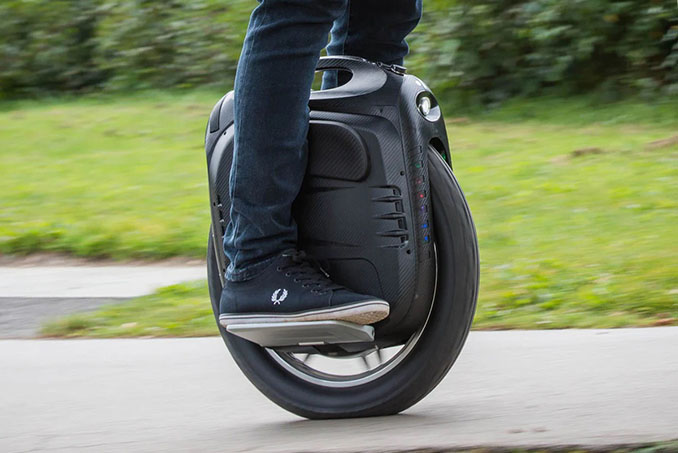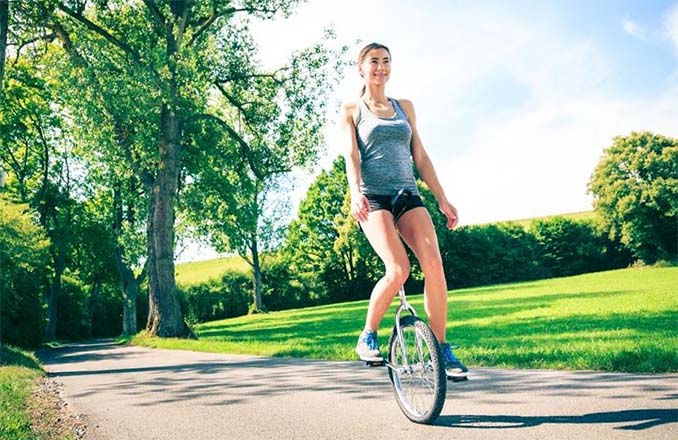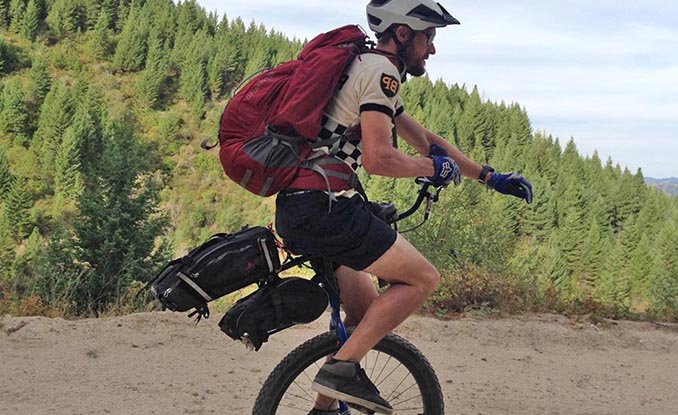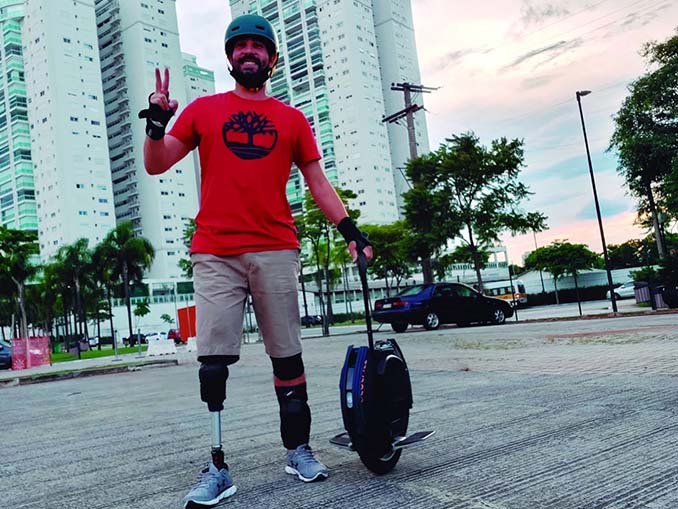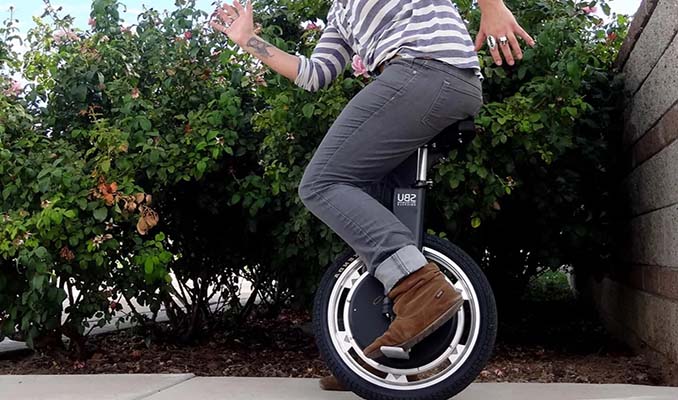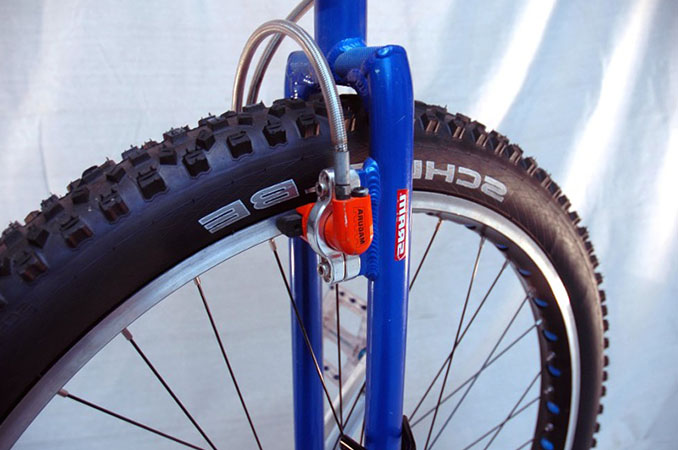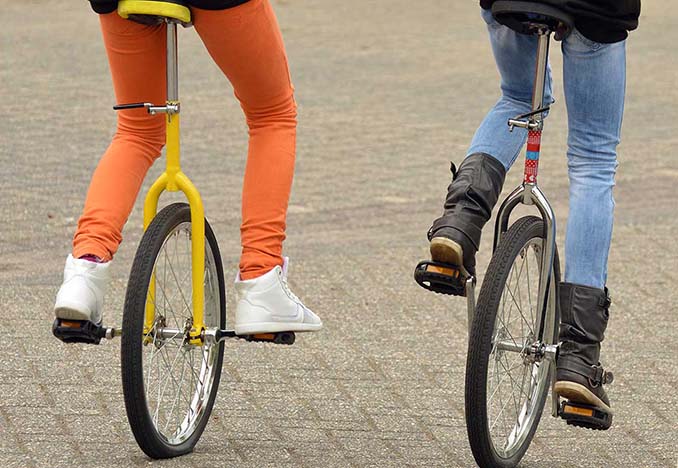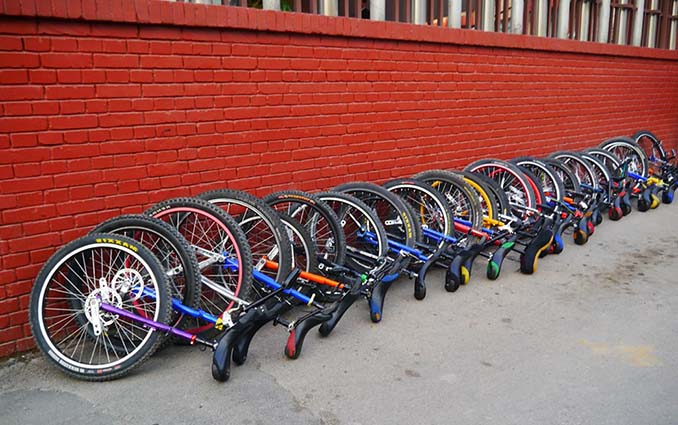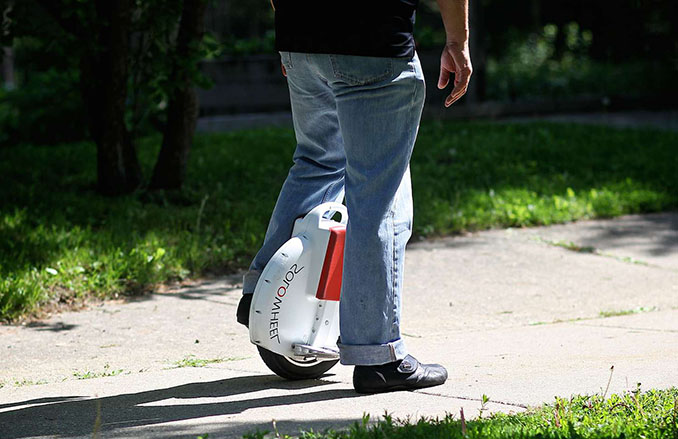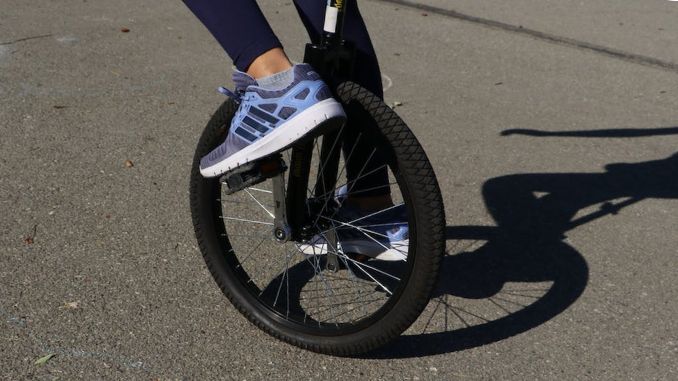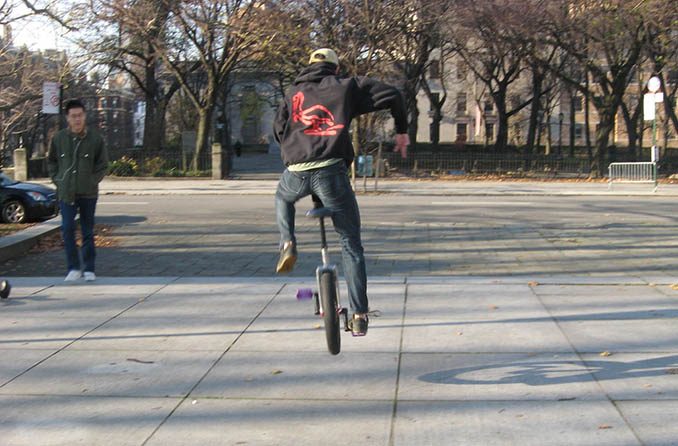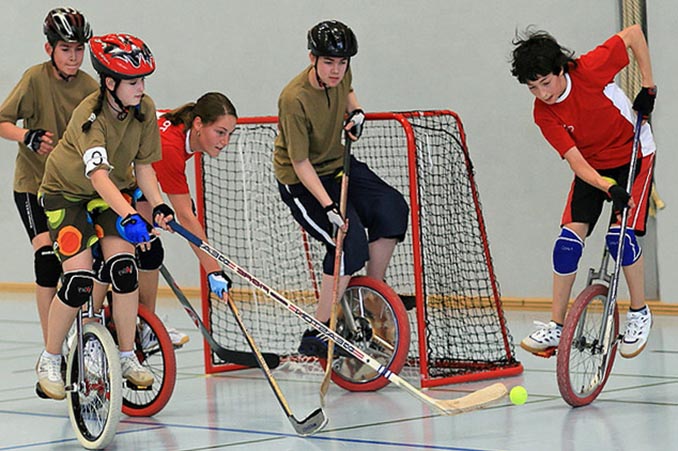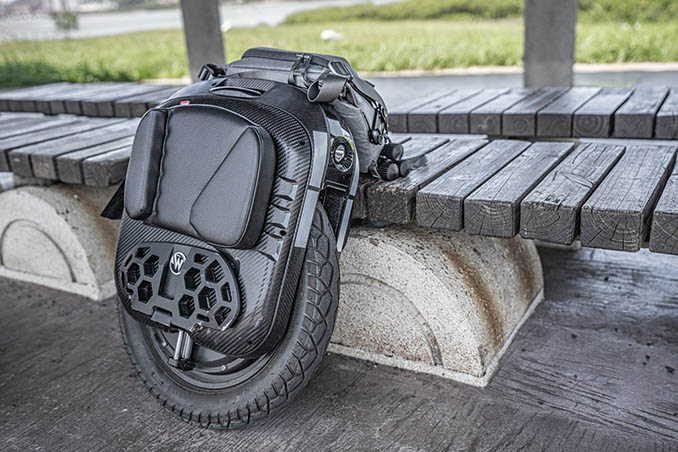Unicycling is an exciting activity that can be enjoyed by people of all ages and skill levels. It’s also a great way to get active and have fun outdoors.
But teaching unicycling to beginners can be daunting. With the right knowledge and resources, however, instructors and coaches can make the process easier and more enjoyable.
In this blog post, we’ll go over how to structure a unicycling lesson plan, what you need to get started, the basics of unicycling, advanced techniques, exercises and drills, tips for instructors and coaches, and safety tips.
How to Structure a Unicycling Lesson Plan
When teaching unicycling to beginners, it’s important to plan out your lesson plan in advance. This will ensure that you’re able to provide the best instruction possible.
The first step is to determine the skill level of your students. This will help you plan lessons that are tailored to their needs.
It’s also important to decide how long each lesson will be and how many lessons you’ll need to cover the material.
Once you’ve determined the skill level of your students and the length of each lesson, it’s time to start planning out the content. Start by outlining the main topics you’ll cover in the lesson.
You can then break the lesson into sections and create a detailed plan for each section. This will help you stay on track and ensure that you’re able to cover all the material.
When planning the lessons, it’s important to keep the skill level of your students in mind. You should also consider the learning styles of your students.
This will help you create lessons that are tailored to their needs. Finally, make sure to include fun activities throughout the lesson.
This will help keep your students engaged and ensure that they’re having a good time.
Related:
- Teaching Kids to Safely Ride a Unicycle at Home: A Detailed Guide
- Unicycling for Beginners: The Trick to Riding with Ease

Plan out your lesson plan in advance
Example Of A Lesson Plan for Teaching Unicycling
Objective: By the end of this lesson, students will be able to ride a unicycle independently for a certain distance.
Equipment needed: Unicycles, helmets, knee pads, elbow pads, flat surface with a low slope.
Warm-up:
- Jogging: Students will jog around the area to warm up their bodies.
- Stretching: Students will stretch their legs, back, and arms to prevent injury.
Instruction:
- Introduction: The instructor will introduce the students to the unicycles and explain the basic parts, such as the seat, pedals, and wheel.
- Mounting: The instructor will demonstrate how to mount a unicycle and explain the correct position of the feet on the pedals.
- Balance: Students will learn how to balance on the unicycle by holding onto a support, such as a wall or railing.
- Movement: The instructor will teach students how to pedal the unicycle and move forward.
- Turning: Once students are comfortable with moving forward, the instructor will teach them how to turn the unicycle.
- Riding independently: Students will practice riding independently for short distances.
- Safety: The instructor will remind students of the importance of wearing helmets, knee pads, and elbow pads to prevent injuries.
Practice:
- Mounting: Students will practice mounting the unicycle independently.
- Balance: Students will practice balancing on the unicycle without holding onto a support.
- Movement: Students will practice pedaling and moving forward.
- Turning: Students will practice turning the unicycle.
- Riding independently: Students will practice riding independently for longer distances.
Cool-down:
Stretching: Students will stretch their legs, back, and arms to cool down their bodies.
Assessment: The instructor will assess each student’s ability to ride a unicycle independently for a certain distance. Students who have mastered the skill will be given the opportunity to perform a short routine.
Homework: Students will be encouraged to practice riding their unicycles outside of class to improve their skills.
Note: The lesson plan can be adjusted based on the skill level of the students. Beginners may need more time practicing balance and movement before moving on to riding independently.
What You Need to Get Started
Before you can start teaching unicycling to beginners, you’ll need to make sure you have the right equipment. The most important piece of equipment is the unicycle itself.
Make sure to choose a unicycle that is suited to your student’s skill level. You’ll also want to make sure that the saddle is comfortable for your students to sit on.
In addition to the unicycle, you’ll need a few other pieces of equipment. This includes a helmet, gloves, and knee and elbow pads.
These items are essential for safety and will help to protect your students from injuries. You’ll also want to have a few tools handy to make adjustments to the unicycle as needed.
The Basics of Unicycling
Before you can start teaching unicycling to beginners, you’ll need to make sure they understand the basics.
The first step is to teach your students the proper mounting and dismounting techniques. This will help them to get on and off the unicycle without any difficulty.
Once they’ve mastered the basics, you can move on to teaching them how to pedal.
Start by having them practice pedaling in place. Once they’ve gotten the hang of it, you can move on to teaching them how to move forward and backward.
Finally, you’ll want to teach your students how to turn. Start by having them practice steering in place. Once they’ve got the hang of it, you can move on to teaching them how to turn in a circle.
Choosing the Right Unicycle for Beginners
When choosing a unicycle for beginners, there are a few important factors to consider. The first is the size of the unicycle. Choose a unicycle that is appropriate for the height of your student.
You’ll also want to make sure that the unicycle has a comfortable saddle. This will help ensure that your student is able to ride with ease.
In addition to size, you’ll also want to consider the type of unicycle. Beginners should start with a standard unicycle, as this is the easiest type of unicycle to learn.
You may also want to consider getting a unicycle with a larger wheel. This will make it easier for your student to maintain balance.
Finally, you’ll want to make sure that the unicycle you choose is of good quality. This will help ensure that your student is able to get the most out of their unicycling experience.
Unicycling Techniques for Beginners
Once your students have mastered the basics, you can move on to teaching them more advanced techniques. Start by teaching them how to bunny hop.
This will help them to get more air when they’re unicycling. You can also teach them how to do wheelies and track stands. These will help them to improve their balance and control.
Next, you can move on to teaching them more complex unicycling tricks. This includes tricks like nose wheelies, tail whips, and barspins.
These tricks will help to develop their skills and make unicycling more fun for them.
Advanced Techniques and Skills
Once your students have mastered the basics of unicycling, you can start to teach them more advanced techniques. This includes things like jumping, flatland tricks, and riding on different surfaces.
Jumping is an important skill for unicyclists, as it helps to improve their balance and control. You can also teach your students how to do flatland tricks, such as kickflips and 360s.
Finally, you can teach your students how to ride on different surfaces. This includes riding on grass, dirt, and even sand. This will help to improve their overall unicycling skills and make it more fun for them.

Choosing the right safety gear for unicycling
Teaching Unicycling to Beginners: Expert Tips for Instructors and Coaches
Teaching unicycling to beginners can be a daunting task. But with the right knowledge and resources, instructors and coaches can make the process easier and more enjoyable.
Here are a few expert tips for teaching unicycling to beginners:
- Prepare in advance. Make sure you have the right equipment and a detailed lesson plan before each lesson.
- Start by teaching the basics. Make sure your students understand the proper mounting and dismounting techniques, as well as how to pedal, move forward and backward, and turn.
- Choose the right unicycle for your students. Make sure to choose a unicycle that is appropriate for their skill level and comfortable for them to ride.
- Incorporate fun activities into your lessons. This will help to keep your students engaged and ensure that they’re having a good time.
- Teach your students exercises and drills to improve their unicycling skills. This will help to make unicycling more enjoyable and improve their overall skills.
- Stay organized. Keep track of your student’s progress and provide them with feedback on their progress.
- Be patient. Unicycling can be difficult for beginners, so make sure to be patient and understanding.
- Have fun. Make sure to have fun and keep your students motivated and engaged.
Games and Challenges to Help Beginners Master Unicycling
In addition to teaching your students the basics and advanced techniques, you can also incorporate games and challenges into your lessons.
This will help to keep your students motivated and engaged. Here are a few ideas for games and challenges that you can use:
- Obstacle course: Set up an obstacle course for your students to navigate. This will help them to improve their balance and control.
- Balance challenge: Have your students try to ride for as long as possible without putting their feet down. This will help them to develop their balance and control.
- Time trial: Set up a course for your students to navigate in the fastest time possible. This will help them to improve their speed and agility.
- Follow the leader: Have one student lead the group around a course. This will help them to improve their coordination and timing.
Unicycling Training Resources for Instructors and Coaches
In addition to the tips and techniques outlined above, there are also a variety of resources available to help you teach unicycling to beginners.
These include books, videos, and online resources. Books can provide you with detailed information on unicycling techniques and drills.
Videos can be used to demonstrate techniques and provide visual instruction. And online resources can provide you with up-to-date information and advice.
Tips for Motivating Unicycling Students
One of the most important aspects of teaching unicycling to beginners is motivating your students to keep practicing. Here are a few tips for motivating your students:
- Set achievable goals. Help your students set realistic goals and provide them with feedback on their progress.
- Celebrate their successes. When your students reach a goal or master a new skill, take the time to celebrate with them.
- Make it fun. Incorporate games and challenges into your lessons to make unicycling more enjoyable for your students.
- Be supportive. Provide your students with positive reinforcement and encouragement.
Safety Tips When Learning to Ride a Unicycle
Safety is an essential part of unicycling. When teaching unicycling to beginners, it’s important to make sure that your students understand the importance of safety. Here are a few safety tips to keep in mind:
- Wear the right gear. Make sure your students are wearing helmets, gloves, and knee and elbow pads.
- Check the unicycle. Make sure the unicycle is in good condition and properly adjusted before each ride.
- Be aware of your surroundings. Make sure your students are aware of any potential hazards, such as cars and other riders.
- Stay visible. Have your students wear bright colors or reflective gear to make sure they’re visible to other riders and motorists.
Recommended Unicycling Gear
In addition to the unicycle itself, there are a few other pieces of gear that you’ll want to have on hand when teaching unicycling to beginners.
These include a helmet, gloves, and knee and elbow pads. These items are essential for safety and will help to protect your students from injuries.
You’ll also want to have a few tools handy to make adjustments to the unicycle as needed.
Common Mistakes When Learning to Ride a Unicycle
When learning to ride a unicycle, it’s important to be aware of common mistakes. This will help to ensure that your students are able to ride with ease and avoid injuries. Here are a few common mistakes to watch out for:
- Not wearing the right gear. Make sure your students are wearing helmets, gloves, and knee and elbow pads.
- Not adjusting the saddle. Make sure the saddle is properly adjusted before each ride.
- Not practicing the basics. Make sure your students understand the proper mounting and dismounting techniques, as well as how to pedal, move forward and backward, and turn.
- Not paying attention to their surroundings. Make sure your students are aware of any potential hazards, such as cars and other riders.

The instructor will demonstrate how to mount a unicycle
Troubleshooting Common Unicycling Problems
In addition to teaching your students the basics and advanced techniques, you can also help them to troubleshoot common unicycling problems.
This includes things like adjusting the saddle, fixing a flat tire, and making repairs. Make sure to have the right tools on hand to make any necessary adjustments or repairs.
Conclusion
Teaching unicycling to beginners can be daunting. But with the right knowledge and resources, instructors and coaches can make the process easier and more enjoyable.
In this blog post, we’ve gone over how to structure a unicycling lesson plan, what you need to get started, the basics of unicycling, advanced techniques, exercises and drills, tips for instructors and coaches, and safety tips.
We hope this blog post has been helpful in providing you with the knowledge and resources you need to teach unicycling to beginners.
With the right preparation and instruction, your students will be well on their way to becoming skilled unicyclists.
